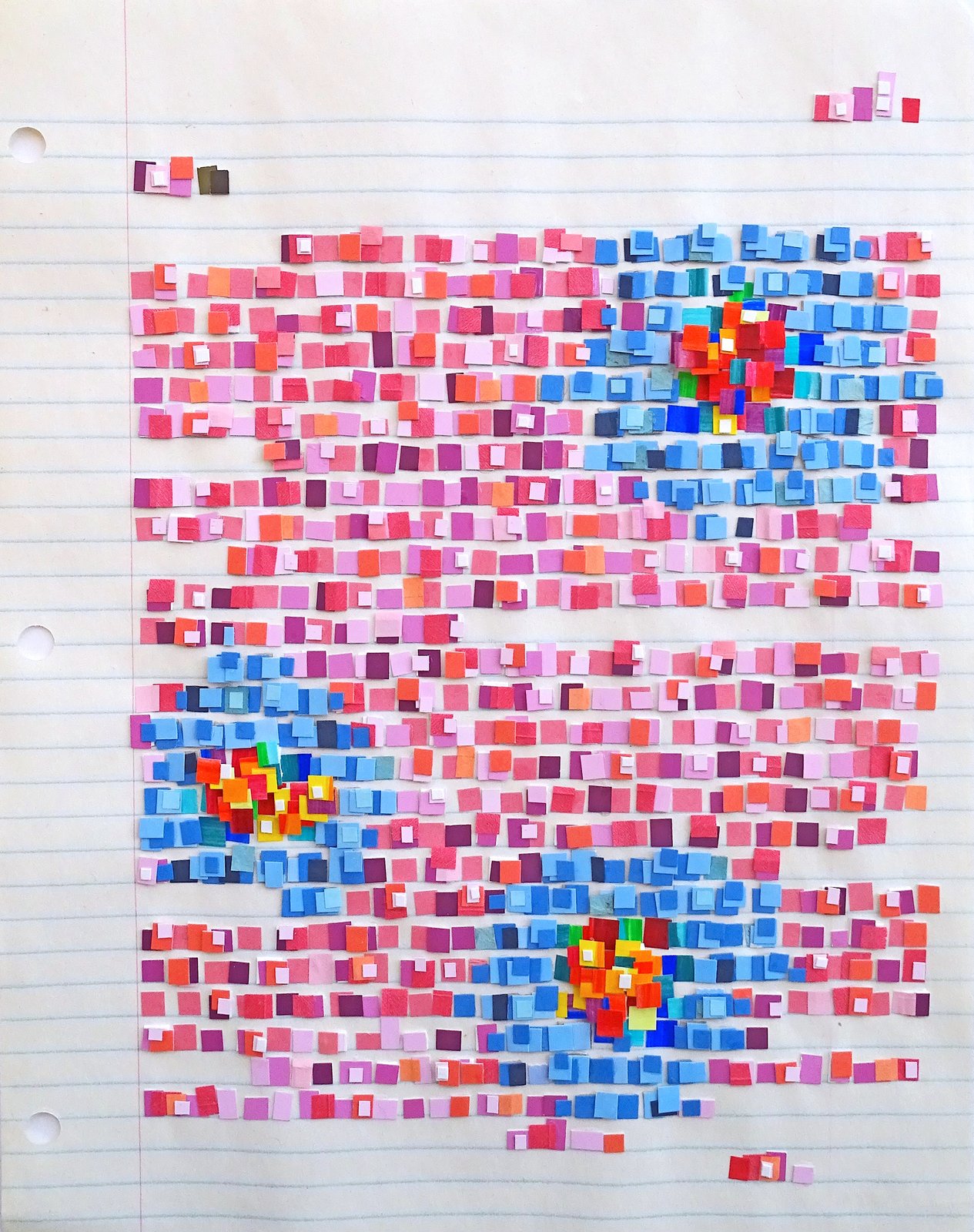
In the context of this text, the most relevant of Reilly’s comments is her emphasis on the fact that Alemani is interested not only in VIP women artists who’d already “made it” in the art historical canon or on the contemporary art “stage”. Nevertheless, Reilly concludes her positive assessment of Alemani’s concept (as presented in her preliminary texts and interviews published prior to the opening) with the statement that Alemani’s concept focuses on the “forms of symbiosis, solidarity, and sisterhood”, rather than on “systems of direct inheritance and conflict”, because they are assumed male. Yet, according to Reilly’s short but overwhelmingly affirmative text, Alemani’s concept is only mildly feminist, since “she has not pegged this an overtly feminist Biennale, but has instead been relatively subtle in her framing of it”.


Reilly commended Alemani’s concept for her trust in the positive impact of women “who have offered up possible solutions during a dark and confusing time”, and for imagining “new modes of co-existence and infinite new possibilities of transformation”. Major historical women artists are included in order to, as Alemani puts it, “trace kinships and affinities” across generations of women. And it’s not just market darlings on view there are many female artists who’ve never before shown on the international stage, and many of the deceased female artists on Alemani’s roster have had far less recognition than the living ones. It is a curatorial corrective to centuries of erasure of women from art history. Maura Reilly – a feminist curator, who back in 2007 co-curated with Linda Nochlin the international feminist exhibition, Global Feminisms, and in 2018 published the book, Curatorial Activism: Towards an Ethics of Curating – already acclaimed the concept of this year’s Venice Biennale as an activist one:įor Alemani to curate a major international exhibition, arguably the most important one in the world, to be majority-female is, despite her subtlety, an overtly feminist and curatorial activist gesture-and it is a much-needed turning of the tables. Does this mean that the rationale behind Nochlin’s question has become – or will soon become – obsolete? To be precise, both the list of artists presented at this year’s edition curated by Cecilia Alemani, and the list of artists representing their national pavilions are dominated by women artists. This year marks five years since the passing of the prominent American art historian, Linda Nochlin, who became world renowned for her 1971 ground-breaking article, “Why Have There Been No Great Women Artists?” Unfortunately, Nochlin will not bear witness to this year’s 59 th International Art Exhibition Venice Biennale that promises to be a ground-breaking long-overdue acknowledgment of women artists and feminist art and curators across the globe.


 0 kommentar(er)
0 kommentar(er)
